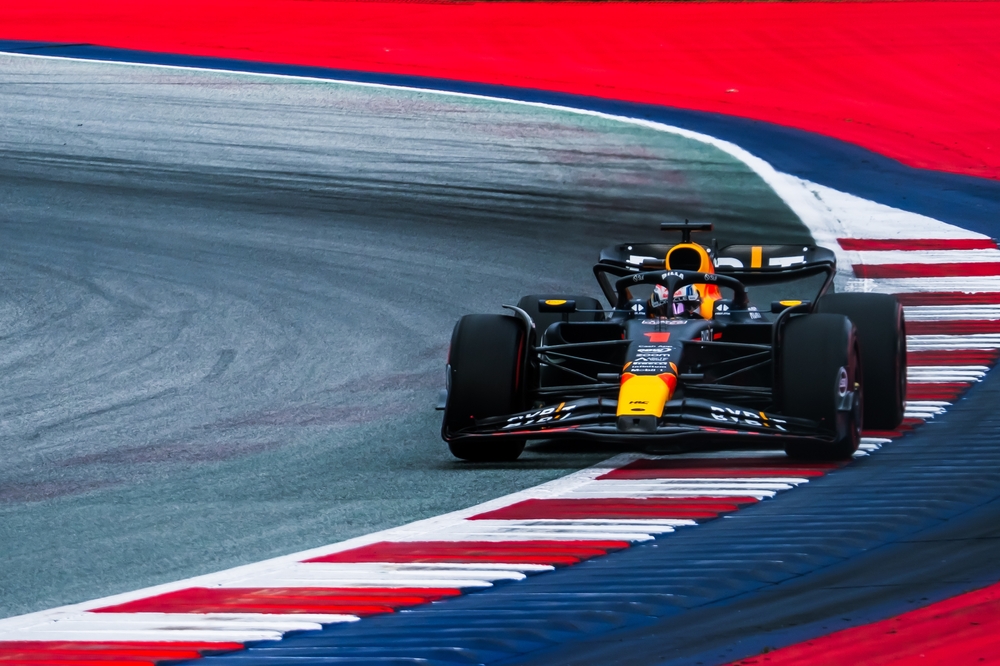F1 racing is the apex of motorsport with the margins between winning and losing often coming down to fractions of seconds.
The racing track limits for a Grand Prix racing track are well-defined and marked with white lines. If an F1 driver goes wide enough on a turn so that no part of his wheels is within the line then he’ll be warned and incur a time penalty for repeated infringements.
Keeping tabs on 20 cars hitting speeds of 220mph (354kph) is a tough job. Race stewards currently review video feeds during the race to see which drivers stray off the track.
The Austrian Grand Prix earlier this year saw around 1,200 reviewable incidents that required human review. Some of the penalties were only given 5 hours after the race was completed.
Surely AI could do this
At the Abu Dhabi Grand Prix this weekend the FIA will trial an AI Computer Vision system that will analyze suspected track limit incidents on the fly.
Chris Bentley, the FIA’s single-seater head of information systems strategy said that Computer Vision uses shape analysis of “a line that is the track edge and the software works out the number of pixels past that line”.
Now, instead of 8 human stewards reviewing on average around 800 suspected track limit incidents to find the 50 actual infringements, AI will do the bulk of the work.
Tim Malyon, the FIA’s head of remote operations and deputy race director, said the Computer Vision technology had been used effectively in applications like scanning data from cancer screening.
Malyon equated the time-saving AI offered doctors to how the FIA hopes to apply the technology.
“They don’t want to use the Computer Vision to diagnose cancer, what they want to do is to use it to throw out the 80% of cases where there clearly is no cancer to give the well-trained people more time to look at the 20%,” he said.
The AI Computer Vision system will analyze the video feeds at the corners to whittle the incidents down to around 50 fractional calls where a human steward can make the final decisions.
Calls for broader use of AI
AI could potentially be used to assist the race director in other aspects of the race too eventually. Interpretation of the rules is probably one of the easiest wins.
Max Verstappen was only reprimanded for blocking another driver during qualifying in September’s Singapore Grand Prix. He should have received a three-place penalty but the stewards made a mistake.
Lewis Hamilton made his views on the matter clear when he said, “How many years have we…. That rule has been the same for ages, you know? I think we need to start looking into AI for this sort of thing, so we get good decisions.”
The final moments of the 2021 Abu Dhabi Grand Prix which descended into controversy is a perfect example of where AI could have done a better job than humans.
Under extreme pressure race director Michael Masi made some bad decisions that saw Lewis Hamilton losing the championship to Max Verstappen in dramatic fashion. The FIA eventually conceded that this was due to human error.
Imagine if a tool powered by GPT-4 Vision watched the race and was trained on the race rules. In a few seconds, the race director and stewards would have had guidance on making the right decision.
With broader use of AI in motorsport we’d have less drama in the comments section, but we’d know the rightful winner of the race once the checkered flag came down.





